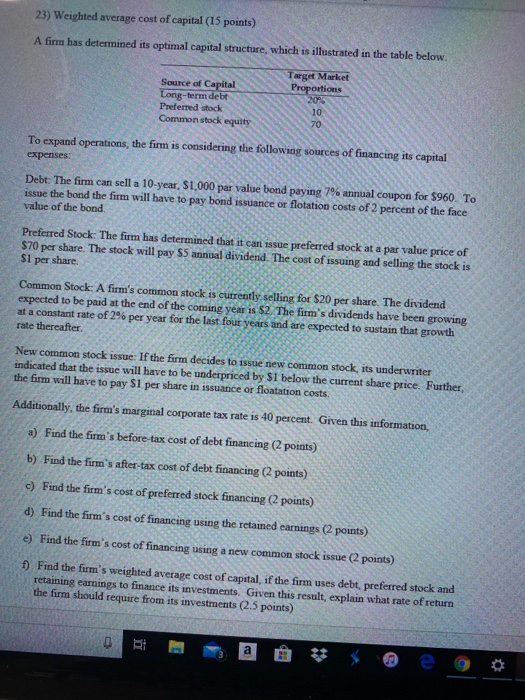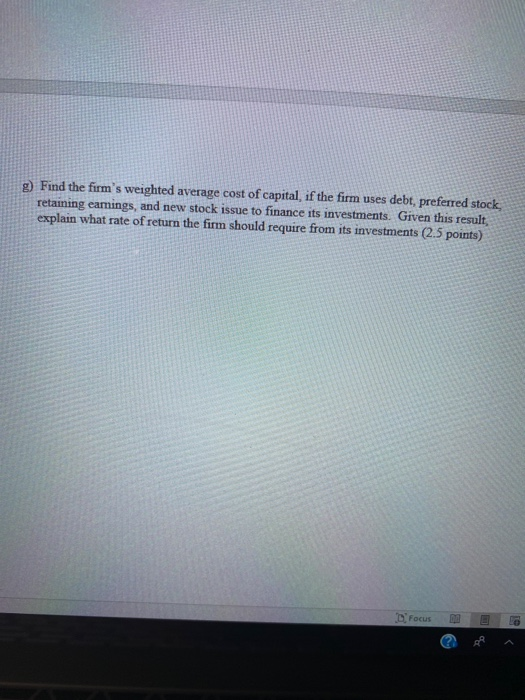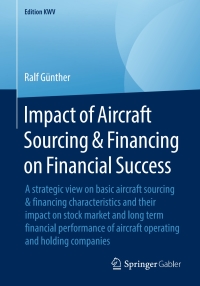23) Weighted average cost of capital (15 points) A firm has determined its optimal capital structure, which is illustrated in the table below P Target Market roportions Source of Capital Long-term debt Preferred stock Common stock equity To expand operations, the firm is considering the following sources of financing its capital expenses: Debt: The firm can sell a 10-year, $1,000 par value bond paying 7% annual coupon for $960. To issue the bond the firm will have to pay bond issuance or flotation costs of 2 percent of the face value of the bond. Preferred Stock: The firm has determined that it can issue preferred stock at a par value price of $70 per share. The stock will pay $5 annual dividend. The cost of issuing and selling the stock is $1 per share. Common Stock: A firm's common stock is currently selling for $20 per share. The dividend expected to be paid at the end of the coming year is $2. The firm's dividends have been growing at a constant rate of 2% per year for the last four years and are expected to sustain that growth rate thereafter. New common stock issue: If the firm decides to issue new common stock, its underwriter indicated that the issue will have to be underpriced by $1 below the current share price. Further, the firm will have to pay S1 per share in issuance or floatation costs Additionally, the firm's marginal corporate tax rate is 40 percent. Given this information, a) Find the firm's before tax cost of debt financing (2 points) b) Find the firm's after-tax cost of debt financing (2 points) c) Find the firm's cost of preferred stock financing (2 points) d) Find the firm's cost of financing using the retained earnings (2 points) e) Find the firm's cost of financing using a new common stock issue (2 points) 1) Find the firm's weighted average cost of capital, if the firm uses debt, preferred stock and retaining earnings to finance its investments. Given this result, explain what rate of return the firm should require from its investments (2.5 points) g) Find the firm's weighted average cost of capital, if the firm uses debt, preferred stock, retaining earings, and new stock issue to finance its investments. Given this result explain what rate of return the firm should require from its investments (2.5 points) D'Focus DIE








